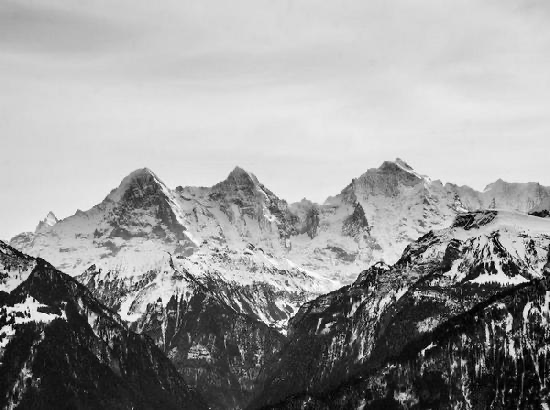Washington [US], October 29
Geoscientists examined rocks in mountain ranges to determine how they originally travelled lower into the depths and then back up to the surface.
This history of burial and exhumation shed light on plate tectonics and mountain formation. Certain rocks and plates that sink deep into the Earth’s interior are converted into other sorts due to the enormous pressure that exists there During this UHP metamorphism (UHP: Ultra High Pressure), silica (SiO2) in the rock, for example, transforms into coesite, also known as the UHP polymorph of SiO2. Although it is still silica chemically, the crystal lattices are more closely packed and thus denser.
When the plates rise from the depths, the UHP rocks rise to the surface and can be found in particular areas of the mountains. Their mineral composition reveals the forces to which they were subjected during their vertical trip through the Earth’s interior.
Using lithostatic pressure as a unit of measurement, pressure and depth can be correlated: the higher the pressure, the deeper the rocks originally lay.
Until recently, scientists considered that UHP rocks were buried at a depth of 120 kilometres. They then returned to the surface, accompanied by the plates. The ambient pressure declined at a steady rate, i.e. statically, during the process.
However, a new study by Goethe University Frankfurt and the universities of Heidelberg and Rennes (France) calls this assumption of a long, continuous ascent into question.













